LENT – THE CUSTOMS AND TRADITIONS
Lent is the season for the mind of the Church. It begins about one and a half months after Christmas.
This is an annual retreat, a spiritual renewal to celebrate the mystery of Christianity: Jesus is revired from the dead and today he is Christ, our Lord. Therefore, if do not direct to Easter, to a new life, Lent will lose its meaning.
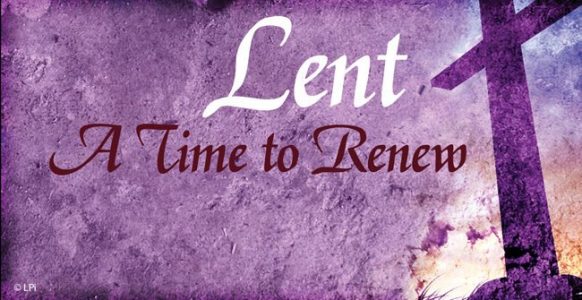
1. Time
Lent takes place in the spring, with days are longer than the night after the winter solstice.
In the second century, believers fasted two days in preparation for the celebrating Easter each year.
At that time, they were anxious to wait for the Lord came again, hence, the two fasting days before Easter were a good time to prepare for the most holy time: the day that Lord came again. In the third century, the time of fasting extended to Holy Week. By the fourth century, everybody prepared Easter with a significant Lent.
2. Lent and Baptism
Lent especially emphasizes the topic of Baptism. Around the third century, Baptism associated with the night of Vigil in celebration of the Resurrection (Easter Vigil). The first centuries of preparation for Baptism lasted many years. At that time, adults who wanted to join the Church could not immediately join. They needed three years of challenge. During this time, they were guided and supported to abandon the normal life and practiced the new life. Later, they were admitted as candidates for Baptism. Finally, at a special time, later known as Lent, they learned more deeply, received an exorcism, attended some other rituals, fasted, and received Baptism in the Easter night.
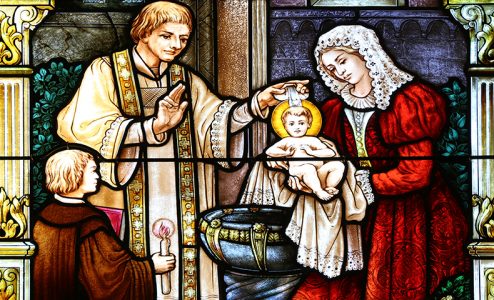
Initially, according to the rite, the time to prepare Easter was a special time for catechumens only, afterwards, became popular. All believers participated in the fasting tradition. In the early Middle Ages, the old catechesis disappeared and left a forty day tradition of Lent – the season of Easter preparation.
3. Penitent
In the fourth century, the preparation for the baptism was combined with fasting and other practices of penance before Easter. These practices also extended to other believers and in the Middle Ages, it spread to the whole Church. At this time, the penitential rite emphasized privacy. Therefore, in the liturgy, Lent was the “purple season” – the purple of penance, the Praise to Alleluia and the Gloria were also canceled. The liturgy also prohibited the conduct of marriages during Lent.
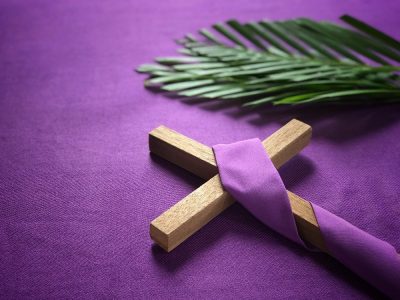
4. Fourty days of Lent
At first, Lent lasted 40 days for catechumens. Later, every other Christian also fasted for 40 days to imitate Jesus fasting for 40 days in the desert. From the beginning, everybody counted the 40 days of Lent back from Holy Thursday afternoon (the first day of Triduum pascal), it means the first day of the first Sunday of Lent. However, the faithful did not fast on Lent Sunday, because Sunday was the day to commemorate the Lord of resurrection. Consequently, around the seventh century, six weeks Lent counted earlier: from Ash Wednesday, and including Holy Thursday and Friday in order to full 40 days of fasting. The Eastern Church did not include Friday and Saturday, hence, Lent began a week earlier.
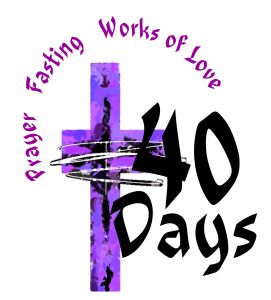
5. Ash Wednesday
Anointing ashes came from the practice of public repentance, a mandatory ritual for believers who have committed serious wrongs or bad example before they formally reintegrated into the community on Holy Thursday. They were pardoned and allowed to receive Communion again.

One of these public practices of penance was anointing ashes on the head. This gesture was prevalent in Rome since the fourth century and gradually spread to Christian lands. Then, many believers voluntarily anointed ashes on their heads to show the desire to repent. The Pope also accepted this ritual in the eleventh century, they combined this repentance with the beginning of Lent, hence, the name Ash Wednesday and the practice of ashes appeared.
6. Abstinence from meat
Fasting and abstinence always connect together. However, there are separate rules. Abstinence from meat is eating little or not eating. This abstinence is limiting certain types of food – for example meat. It has many different meanings: fasting to prepare for a great holiday, to restrain, to support prayer. Fasting also helps purify from abuses and sins. These meanings become the driving force behind the fasting tradition in Lent. Another motivation also contributes in the fasting tradition is to do charity. Doing charity is giving to the needy what we have saved by fasting and abstaining from meat, or giving away the surplus.
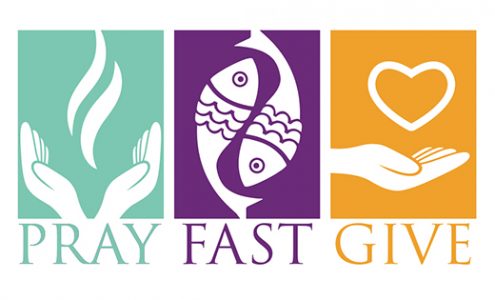
7. Common penitents
The Church prescribe other forms of penance but they are popular for centuries. Most are private forms in families but are practiced by many believers: not eating desserts, candies, soft drinks, wine. In addition, giving money for the poor, limiting watching movies and television are also the good fasting attitude.
8. Stations of the Cross (Via Crucis)
During Lent, parishioners often attend the Way of the Cross. Back to history, during the Crusades period (1095 – 1270), many parishioners had a habit of going on a pilgrimage to the Holy Land and following Jesus’ footsteps to Calvary. For the next two centuries, after Muslims recaptured the Holy Land, the pilgrimages here were very dangerous. At this time, in order to replace pilgrimage, Europe parishioners set up Stations of the Cross outdoor. They described traumatic events based on the Bible or the tradition of Jesus’ way of the cross. In the middle of the 18th century, the stations of the cross were allowed to be established inside the Church and became a feature of Catholic churches. Churches added to the 15th stage: the Lord of resurrection in the 1960s.
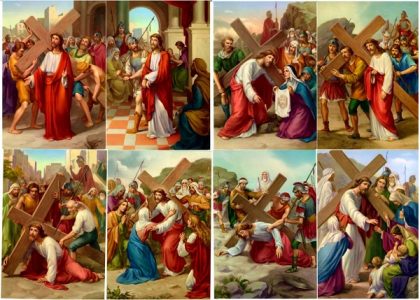
In the early 1960s, the Church focused on the positive side of the Lenten rule and works of charity. Pope Paul VI formally approved this trend through the Apostolic exhortation Paenitemini. Accordingly, believers only forced to abstain from meat on Ash Wednesday and Fridays during Lent. Believers should pay attention to voluntary forms of fasting. The general orientations in the spirit of Lent still uphold the meaning of Baptism, the return of oneself, penance and the mystery of the passion and death of Jesus.






